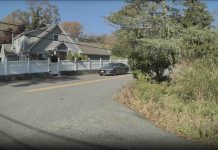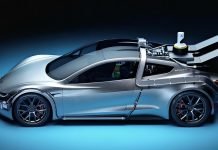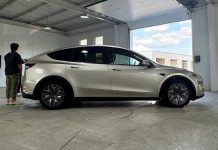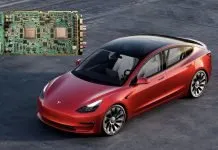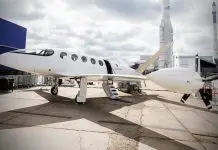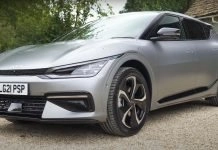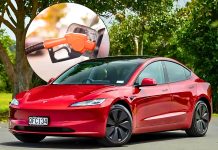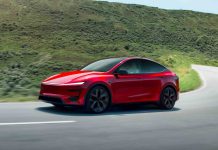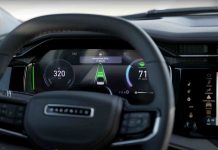With Full Self-Driving (FSD) Beta 14.1.4, Tesla has once again proven the strength of the advanced vision-based artificial intelligence on the streets. A new video that circulated online depicts the system with a very minor though impressive operation: when a car appeared behind a row of trees, and the camera could not see it fully, FSD 14.1.4 recognized it early and responded to its actions in a natural and human manner, calmly and correctly changing course.
It was a moment that highlighted the difference between Tesla’s approach and conventional driver-assistance systems. Where the older technology may be forced to use radar or pre-mapped information to gain accurate information about the surrounding world, the Tesla technology nearly fully relies on its suite of cameras and neural networks to scan the surrounding world and provide the information required.
The system, in this case, was seen to read the visual noise of the trees, which it used to anticipate the approaching car a long time before it entered the open road.
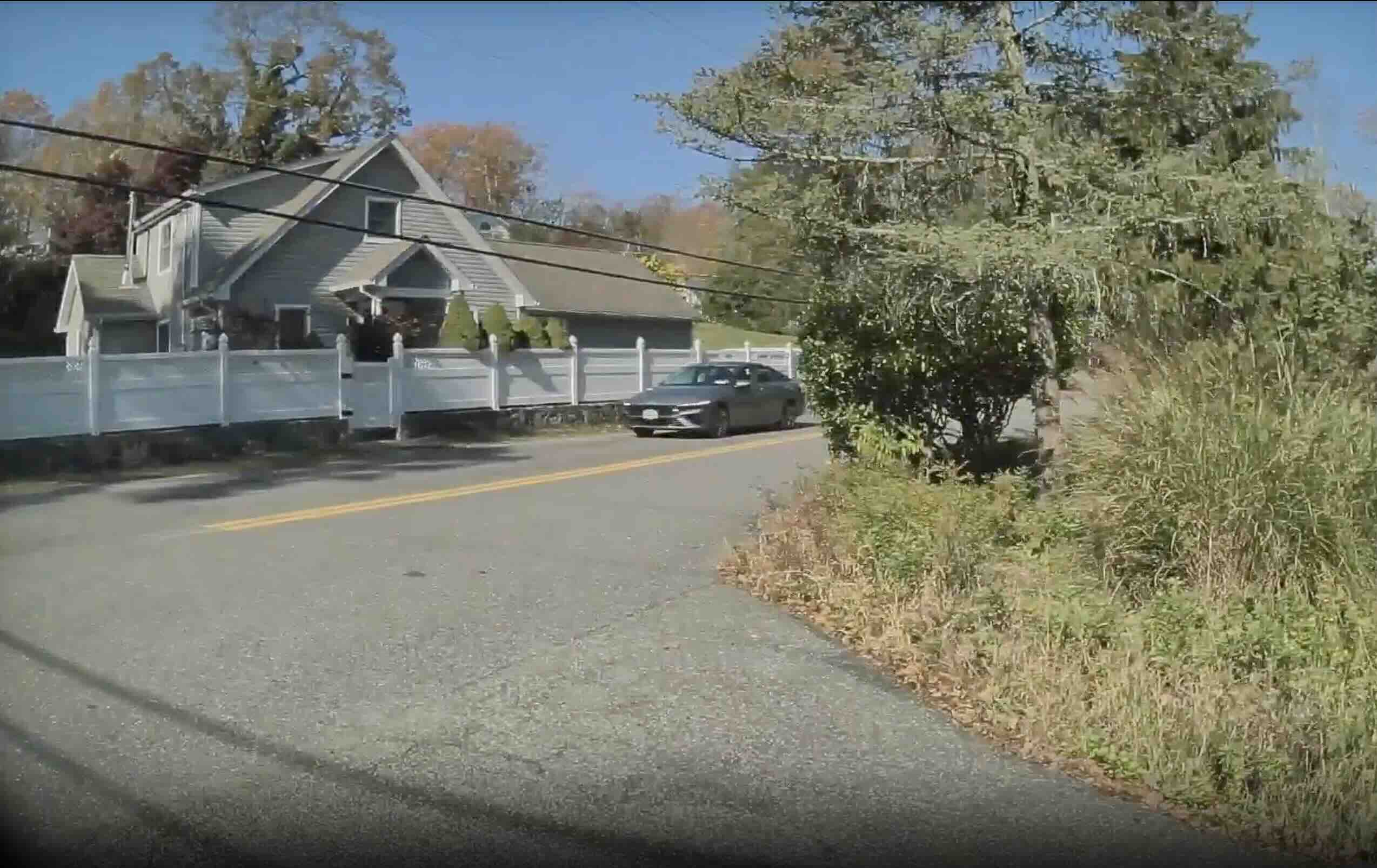
Observers also termed the action as instinctive and graceful, applauding not only the speed of response but also the calmness of the maneuver. No sudden stopping or wild maneuvering – a slow slowing of the speed that kept both cars in their comfort zones and safe.
To any observer who has been tracking Tesla and its incremental gains of the last several months, this case would have been a rather minor yet noticeable indicator that the perception and prediction models behind the scenes have progressed a step in the right direction.
Tesla FSD (Supervised) v14.1.4 can see cross-traffic through trees and reacts appropriately.
Something human drivers can’t.pic.twitter.com/TDvNRNMiEc https://t.co/rmV5jkdBSa
— The Tesla Newswire (@TeslaNewswire) November 3, 2025
The Vision-Only Advantage
The transition of Tesla to an all-vision system has been a controversial one. Most people complained that the removal of radar and ultrasonic sensors would undermine the car’s awareness, particularly during low visibility. However, Elon Musk and the Tesla Autopilot team have insisted that humans drive by vision alone and that an AI trained on sufficient data would be able to do the same but better.
FSD 14.1.4 seems to justify such philosophy. It has been shown that neural networks are capable of learning to interpret partial cues like flickering lights among the branches of trees or a moving shadow to determine the existence of latent objects. With conventional software-based logic, such reasoning would be virtually impossible.
However, in end-to-end neural planning, the Tesla system is able to discern subtle patterns that indicate when something is coming in the lane and respond to it.
Real-World Validation
Every real-world experience, such as this one, is a part of the data that is fed back into the machine learning ecosystem of Tesla. Each car equipped with FSD is a driver and a sensor that completely collects edge cases and trains the neural network through continuous updates.
A road paved with trees and intermittent visibility is precisely the type of situation that pushes the strength of such systems, and 14.1.4 was coping with it perfectly because of the recent new 3D models.
With Tesla about to roll out more used autonomy and, ultimately, the so-called robotaxi network, instances such as these serve to underline the feeling that things are moving faster and faster. There is an ever-increasing difference between the support of a vehicle that is cautiously driven and the actual self-driving.

